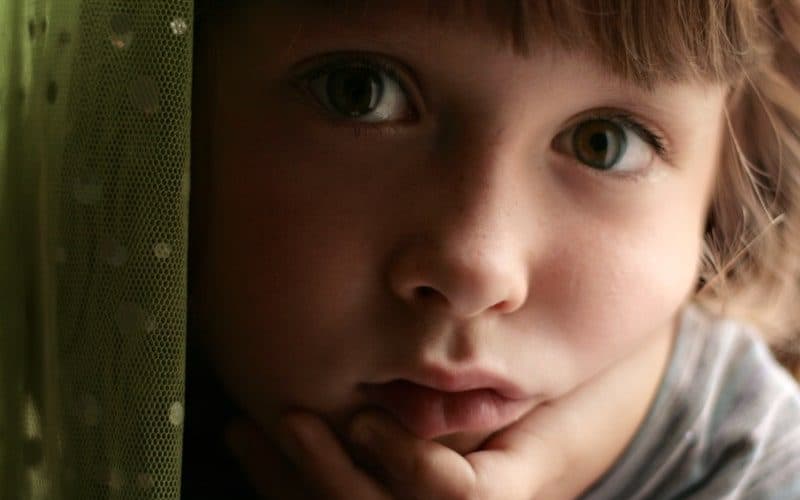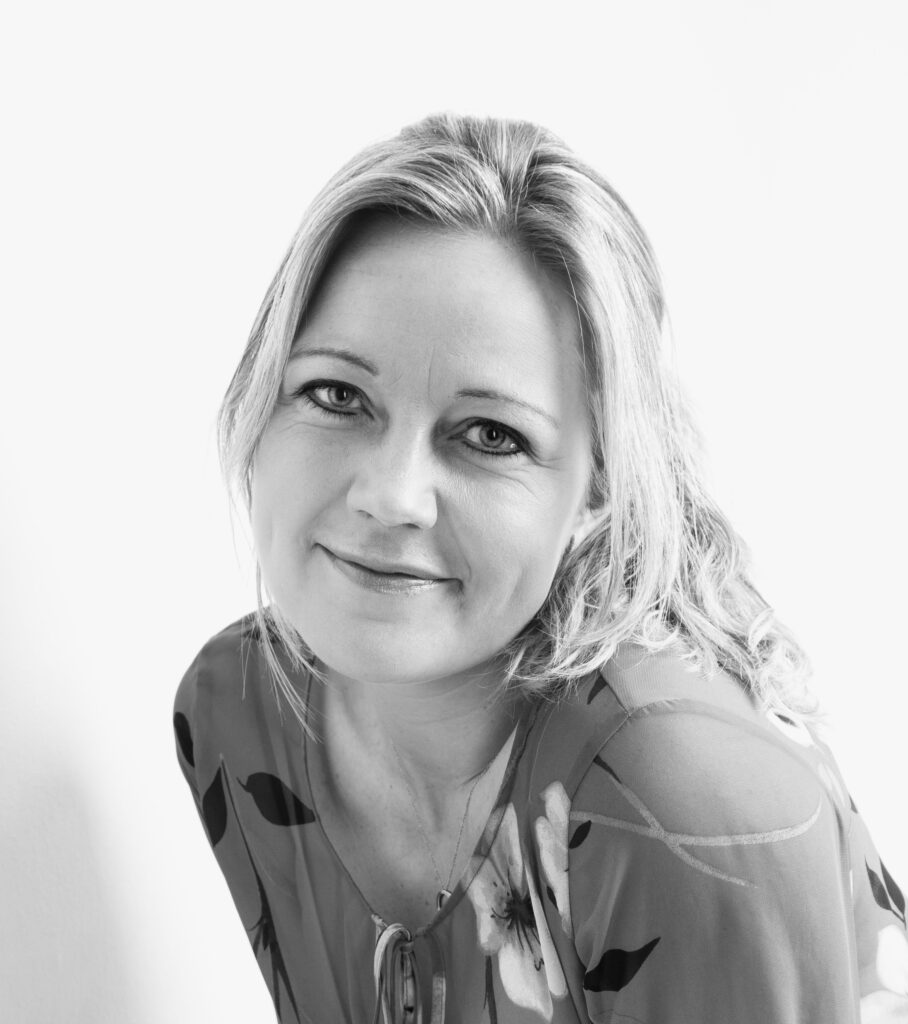
Kids’ anxiety starts with the adults
One of the BBC headlines this morning is about infant pupils having panic attacks. It describes a survey with 2,000 teachers of which 98 percent has come into contact with pupils who are experiencing mental health problems. The article suggests that the likely reasons for the mental health problems are “pressure of exams and testing, family problems such as ill health or a break-up and social media.”
Research from several countries indicate that children growing up these years seem to have less resilience than former generations. And whereas one can only agree with the above-mentioned probable reasons, there is another aspect strengthening kids’ anxiety that most of us are unaware of. I call it the “BrainClumsy” communication and behaviour of adults.
BrainClumsy adults
The brain follows certain rules, logics, and what I do for a living is communicating these in ways that are easy for people to understand, remember and apply. I am the author of five books on the topic of which one is out in English so far (“Play Your Brain”).
What do I mean with BrainClumsy? Adults are brainclumsy when we think that we can remove and get rid of kids’ anxiety. Our intentions are good. But the execution works against how the brain works.
The brain follows a core logic called “self-directed neuroplasticity” which basically means that the brain is changeable throughout life and that it changes according to what we do, think, feel and focus upon. In the brain, connections between neurons are constantly being created, strengthened, weakened or lost. Changed in other words. This logic is also called “Use It or Lose It” and we can liken it to a forest, a meadow or a field:

The natural paths you walk down again and again become broader, more visible and more obvious to choose, whereas the paths you don’t take that often become overgrown and more invisible over time.
Ask yourself: What needs to be strengthened?
In order to be “brainsmart” we need to ask ourselves: “What would my child gain from strengthening?” And then work to strengthen that (not remove something else).
A child showing signs of anxiety is being put in a way more difficult situation if adults start talking about how to “get rid of the anxiety” or say to the child “don’t be scared” or “don’t be worried”. The only paths that are lightening up in the child brain when adults talk like this are the paths of anxiety, scared and worried.
What might those alternative paths be? As I suggest in my blog post You cannot remove your child’s fear! they could be: the path of comfort, the path of trust or the path of inner calm. But also the path of courage or the path of curiosity could be worth strengthening.
Adults need to differentiate between Analysis and Strategy. Many of us mess those two up. It might be part of our Analysis that a child shows signs of anxiety and it would be good to reduce it, but it is completely insufficient and contrary to the workings of the brain to then go and try to reduce anxiety as a Strategy. What you try to reduce and get rid of in the brain, you tend to get more of. The rule here is called The Ironic Boomerang. Also, kids’ brains will pay attention to the concrete parts of your sentences overhearing the “get rid of”, “don’t” etc. The only thing we do when talking to kids in so-called away-from language is to light up and strengthen the paths we (and they) really want less of. This is why I call this blog post “Kids’ Anxiety Starts With the Adults”. Rather than being busy giving the kids medicine or giving them a diagnosis, we should take them by the hand and walk down more useful paths: Paths that will serve them better in the long run and that little by little will strenghten (say) trust, inner calm and courage.
Do you want to become a BrainSmart Parent?
There are several rules of the brain that most parents have yet to read about and master. This is one of the fundamental ones and it basically invites us to make constructive use of the neuroplasticity of the brain.
My work on BRAINSMART PARENTING shows you how to:
• turn “stop that!” situations into learning opportunities,
• help your child bounce back from distress and anger,
• strengthen your child’s calm courage when grabbed by fear or performance anxiety,
• reframe situations to help you be a constructive parent even in the midst of high emotional tension,
• make the most of the brain’s plasticity; i.e. ability to grow and shape neural pathways,
• approach life as a parent in a new light, spotting windows of opportunity based on how the brain works.
This video tells you more about BrainSmart Parenting.
Sociologist (MA) Anette Prehn is a prolific keynote speaker, trainer, and bestselling non-fiction author, who has inspired hundreds of thousands across the planet, since establishing her business in 2005.
Anette Prehn is on a mission to make neuroscience available to all, i.e. easy to understand, remember and apply. She has worked in the field of NeuroLeadership since 2009 and has taught the rules of the brain to leaders and employees since, thus strengthening their leadership, learning, habit change, cognitive flexibility, and mental health.
Highly skilled at explaining complex ideas in down-to-earth and accessible language, and impossible to pigeonhole, Anette Prehn has developed techniques that make it easy for people to turn their brain into an ally rather than an opponent. The Framestorm® method, that is patented and trademarked, teaches people to flip and widen their perspective, thus paving the way for innovation, emotion regulation and making the most of whatever life throws at you.
In 2018-2019, Anette chaired The National Stress Panel, established by six Danish cabinet ministers. The panel comprised 10 experts and was tasked with identifying 12 actions to radically influence the stress level experienced in Denmark in recent years as well as to engage the Danish public in understanding what stress is and does and how mental health can be strengthened.
Her clients include Maersk, GN Group, Grundfos, Danfoss, Siemens, Bosch, Ericsson, Roche, Lego, Novo Nordic, Man Diesel and Turbo, Nordea, Danske Bank, 40+ Danish municipalities and 100+ educational institutions and schools.
She has written more than 20 books and mini books, among these "BrainSmart Leadership" and "Play Your Brain".
Throughout these many years, her clients have been powerfully inspired to apply neuroscience to work situations, but they have also asked her::
“How do I more specifically apply the logics of the brain to parenting?” and “I can see my kids gaining from knowing this as well. What’s the best way to introduce them to these tools?”
Being the mother of two and the stepmother of two, those questions got Anette Prehn going.
She therefore started adding to her portfolio how parents, teachers and nursery nurses can become more BrainSmart, thus nuturing environments that help kids learn, thrive and regulate emotions relevantly.
In her Brain Friends series, she is sharing with children and teenagers how to strike up a friendship with their brain rather than being at the receiving end of its impulses and habits.
Contact Anette by email:

